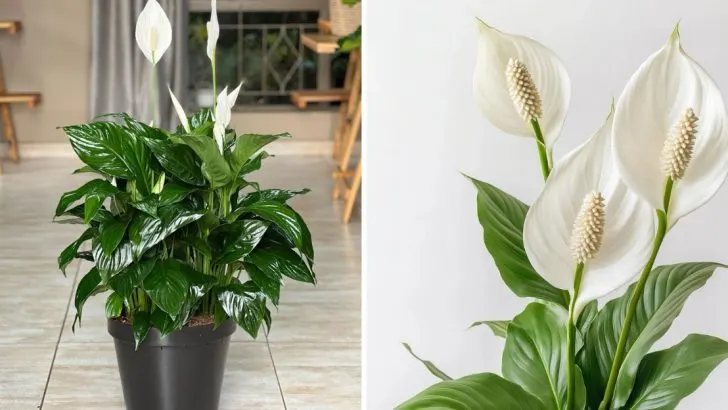Is your Peace Lily showing signs of distress with brown tips on its leaves? While this beautiful houseplant is known for its air-purifying qualities and elegant appearance, it’s not immune to common care issues.
There are several surprising reasons why your Peace Lily might develop brown tips, ranging from improper watering to environmental stress. In this article, we’ll explore the top 7 causes of brown tips on Peace Lilies and offer practical tips on how to fix and prevent this issue, ensuring your plant stays lush, healthy, and vibrant.
Inconsistent Watering
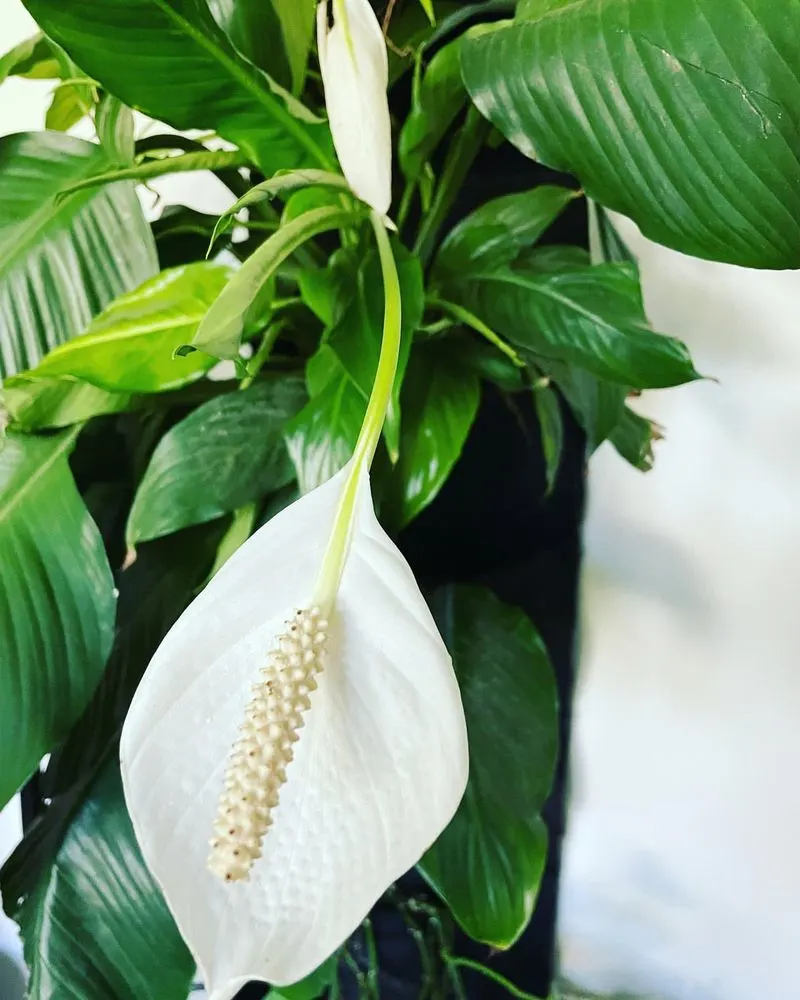
Inconsistent watering can lead to stress in your peace lily. If the soil remains dry for too long, the plant struggles to absorb nutrients, resulting in brown tips. Conversely, overwatering can suffocate the roots. Find a balance by checking soil moisture regularly. Aim for slightly moist, not soggy, soil. Use a finger test to gauge moisture levels, and consider a watering schedule that aligns with the plant’s needs, adjusting as necessary for seasonal changes. Consistency is key to preventing brown tips and maintaining healthy foliage.
Low Humidity
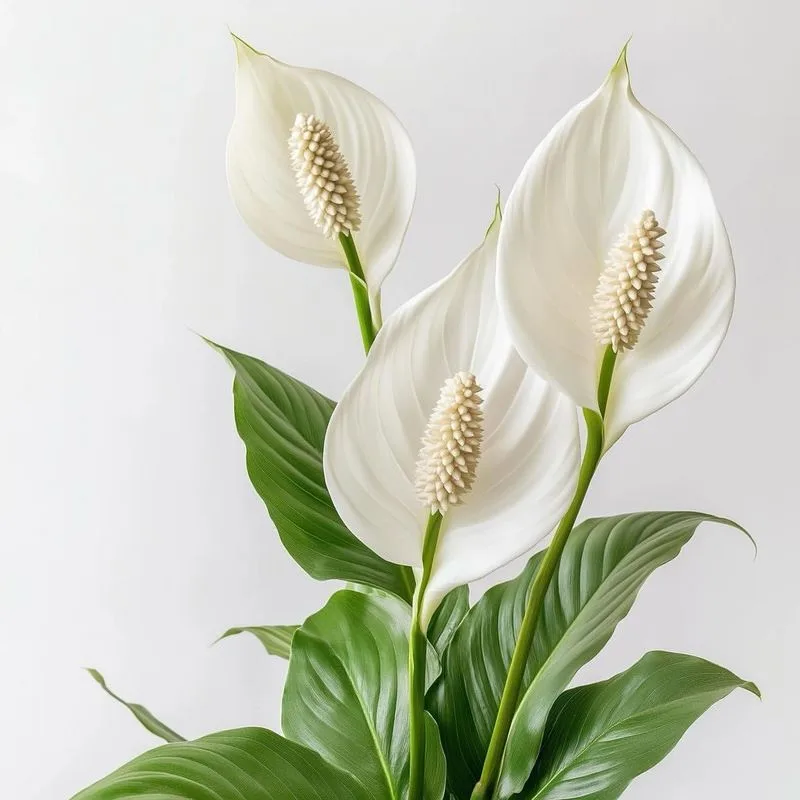
Peace lilies thrive in humid environments. Low indoor humidity, particularly during winter months, can dry out the leaves, causing brown tips. Increase humidity by misting the leaves regularly or placing the plant on a pebble tray with water. Grouping plants together can also help create a humid microclimate. A humidifier can be a useful tool in maintaining optimal conditions. Keep an eye on the plant’s response to these changes, tweaking your approach as needed to ensure the leaves remain supple and vibrant.
Excessive Fertilizer
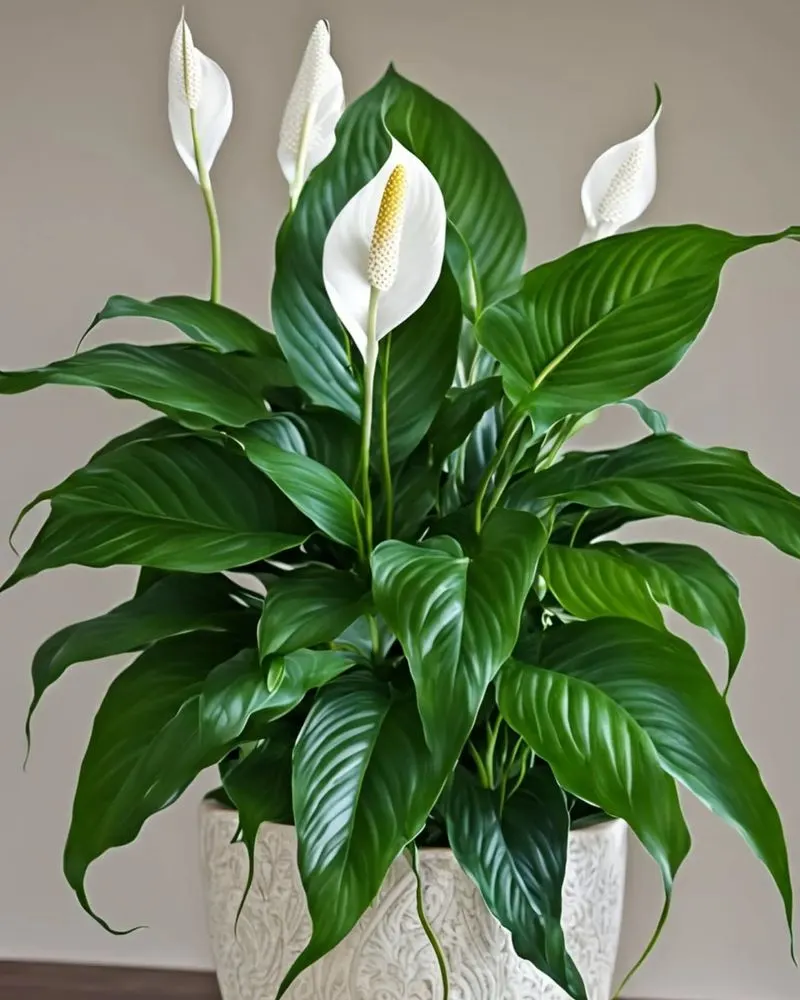
Over-fertilizing your peace lily might lead to nutrient burn, visible as brown tips on the leaves. These plants require minimal feeding, thriving with a diluted fertilizer every six to eight weeks during the growing season. Flushing the soil with water can help remove excess salts and chemicals. Always follow package instructions with fertilizers, adjusting the concentration to suit peace lilies’ sensitivity. Maintaining a careful balance will support growth without causing undue stress to the plant, preserving its lush appearance.
Direct Sunlight Exposure
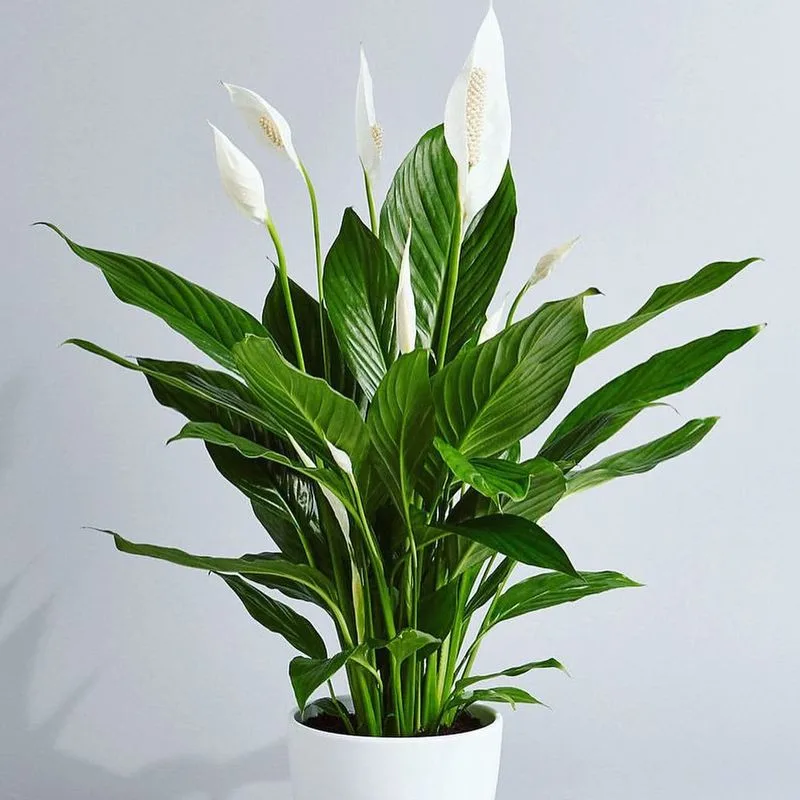
Direct sunlight can scorch peace lily leaves, leading to brown tips. These plants naturally prefer low to moderate light conditions. If your peace lily is exposed to too much sun, consider relocating it to a spot with filtered light or using sheer curtains to diffuse harsh rays. Regularly rotate the plant to ensure even growth and prevent one-sided exposure. Observing the plant’s positioning and light levels can make a significant difference in avoiding sun-induced damage.
Improper Potting Mix
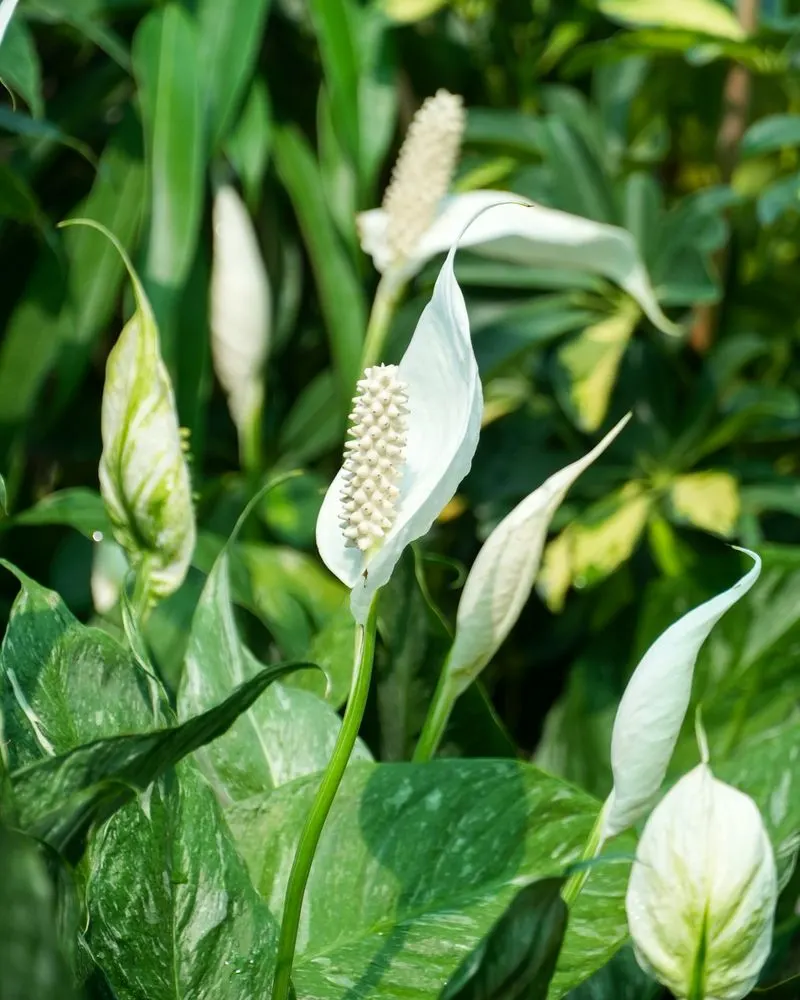
An unsuitable potting mix can retain too much moisture or lack proper drainage, both of which can contribute to brown tips. Peace lilies prefer well-draining soil, rich in organic matter. If the current mix is too compact, consider repotting with a blend designed for houseplants, incorporating perlite or orchid bark for improved aeration. Regularly checking the root health during repotting can also provide insights into the soil’s effectiveness and the plant’s overall condition.
Chemical Sensitivity
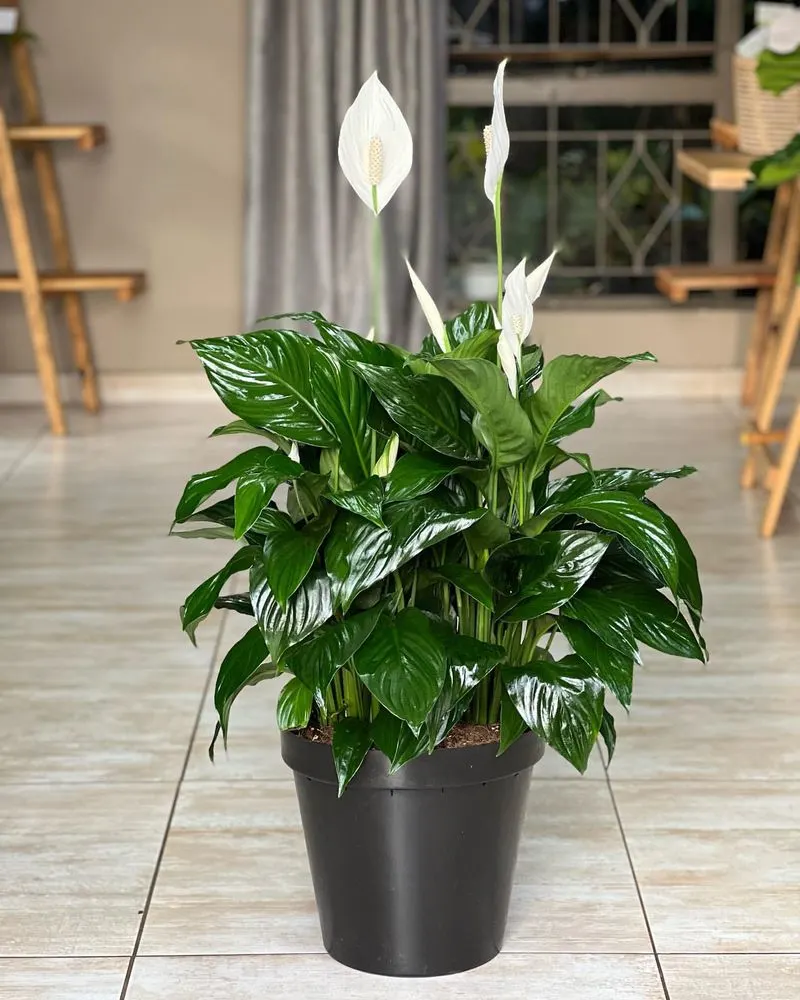
Sensitivity to chemicals in tap water, such as chlorine and fluoride, can affect peace lilies, showing up as brown tips. Using distilled or rainwater can help alleviate this problem. Allowing tap water to sit out overnight can also reduce chemical content. Being mindful of water quality ensures that peace lilies receive the necessary hydration without exposure to harmful substances. Regularly observing the plant’s response to water changes can guide adjustments to your watering routine.
Temperature Fluctuations
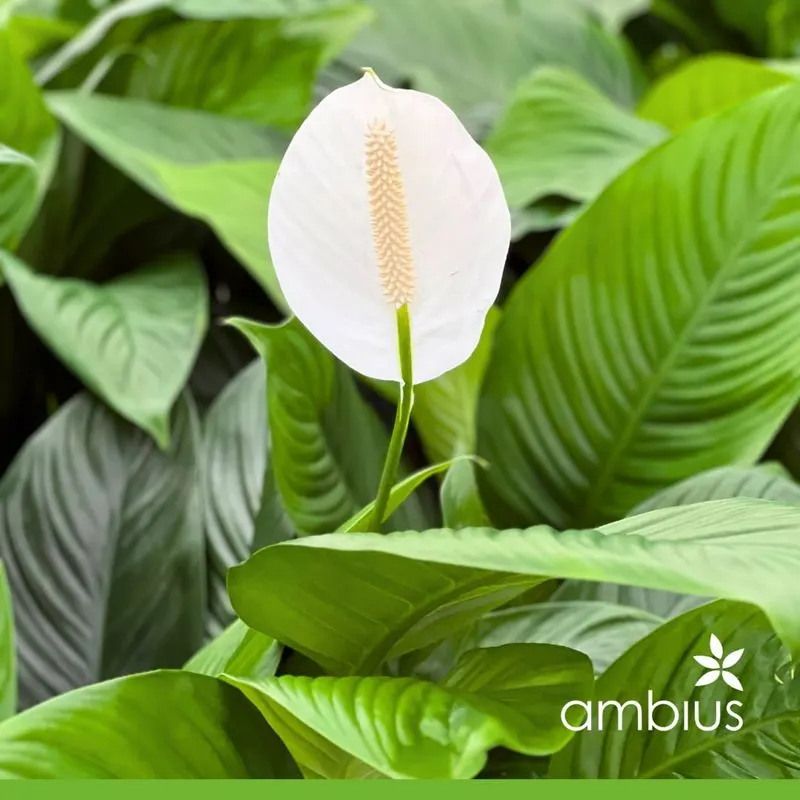
Fluctuating temperatures can stress peace lilies, leading to brown tips. These plants prefer stable conditions, typically between 65-80°F. Avoid placing them near drafts, heaters, or air conditioners, which can create sudden changes in temperature. Consistent monitoring and adjusting of the plant’s environment can prevent stress and support healthy growth. Ensuring a stable, comfortable location allows the peace lily to thrive, minimizing the risk of brown tips developing due to temperature variations.

